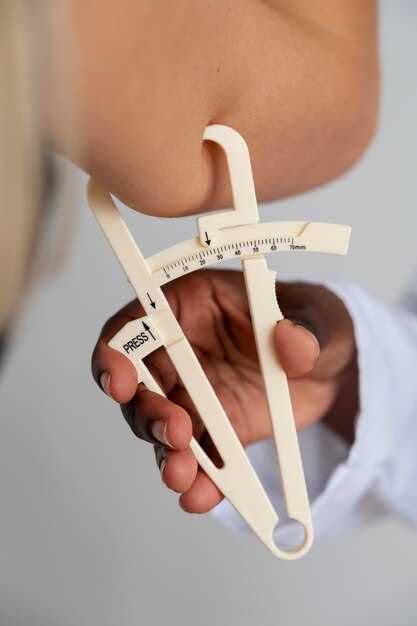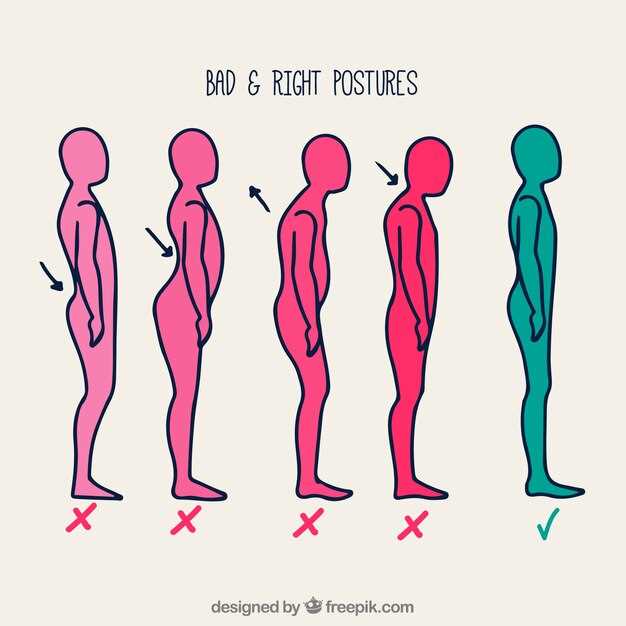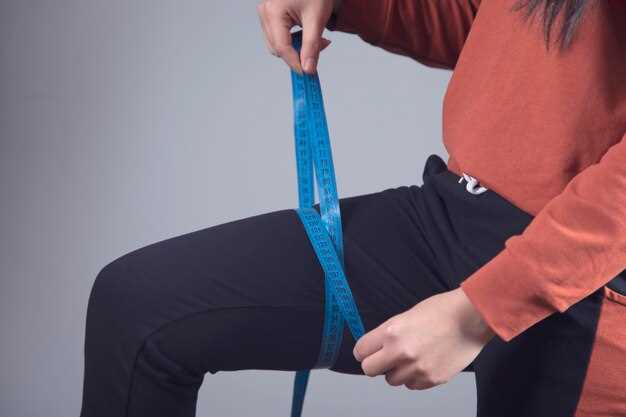
In the world of archery, precision is paramount. Achieving the perfect shot relies heavily on various factors, with draw weight and draw length being two of the most critical components. These elements contribute not only to the archer’s comfort and technique but also directly influence overall accuracy. Therefore, understanding how to make the right adjustments is essential for anyone looking to enhance their performance on the range or in the field.
Every archer is unique, and as such, their equipment must be custom tailored to fit their individual needs. Draw weight refers to the force required to pull the bowstring back, while draw length determines how far back the string is pulled. Both parameters play a significant role in how effectively an archer can aim and release an arrow. Making the appropriate adjustments to these settings not only improves shooting form but also optimizes energy transfer, resulting in greater accuracy and consistency.
Identifying the correct draw weight and length involves assessing one’s physical capabilities and shooting style. A well-adjusted bow can significantly reduce fatigue, allowing archers to focus more on technique and accuracy. As we delve deeper into the intricacies of these adjustments, we will explore practical tips and recommendations that can help you master the art of archery, making every shot count.
Choosing the Right Draw Weight for Optimal Performance

Selecting the appropriate draw weight is crucial for archers seeking to enhance their performance. The draw weight must be tailored to fit the individual archer’s strength, skill level, and shooting style. A well-chosen draw weight not only improves accuracy but also contributes to overall enjoyment in the sport.
For beginners, it is often advisable to start with a lower draw weight. This allows for the development of proper technique without the risk of fatigue or injury. As skills progress, archers can gradually increase draw weight to match their growing strength and confidence. Customizing draw weight enables shooters to find a balance between power and control, which is essential for consistent shooting.
Experienced archers often adjust their draw weight based on the specific requirements of their target or competition. For instance, hunting may require a heavier draw weight to ensure sufficient arrow penetration, while target shooting often benefits from lighter weights for better precision. By understanding the implications of draw weight, archers can make informed choices that lead to optimal performance.
Ultimately, the right draw weight is a personal decision that varies among individuals. Factors such as body mechanics, shooting goals, and personal preferences play a significant role in determining the ideal draw weight. Regular practice and experimentation can help archers identify the draw weight that enables them to shoot accurately and efficiently, ensuring a fulfilling archery experience.
Custom Fit: Setting Up Your Bow for Accurate Shots

Achieving consistent accuracy in archery largely depends on how well your bow fits you. Proper customization of the draw weight and length is essential for maximizing performance. The concept of a custom fit involves adjusting the bow to suit not only your physical attributes but also your shooting style.
Draw Weight Adjustment
Draw weight refers to the amount of force required to pull the bowstring back. For optimal shooting accuracy, it is crucial to select an appropriate draw weight based on your strength and experience level. Beginners should start with a lower draw weight to develop good form without straining their muscles. As skills improve, gradually increasing the draw weight can enhance shot power and performance. This adjustment allows for more controlled and stable shots, leading to improved precision.
Length Adjustment
The draw length is another critical factor that contributes to how comfortably and effectively you shoot. To determine your ideal draw length, measure your arm span and divide it by 2.5. This measurement serves as a guideline, but personal adjustments may be necessary based on your shooting posture and technique. An incorrect draw length can result in poor alignment and inconsistency, affecting accuracy. Ensuring that the bow is set to the correct length not only promotes comfort but also improves arrow flight and overall performance.
Importance of Custom Fit
A bow that fits well will allow for smoother drawing and release, reducing fatigue and enhancing focus. Both draw weight and length adjustments should be tailored to your individual needs, as a custom fit promotes better muscle memory and consistency in shooting form. When your bow feels natural in your hands, the likelihood of making accurate shots increases significantly.
In conclusion, taking the time to make necessary adjustments for your bow’s draw weight and length is vital for achieving accurate shots. A custom fit not only enhances your shooting experience but also builds confidence and improves performance in archery.
Step-by-Step Guide to Adjusting Draw Length Safely
Adjusting your draw length is crucial for achieving optimal fit and performance in archery. Follow this step-by-step guide to ensure a safe and effective customization of your draw length.
Step 1: Gather Necessary Tools
Before starting the adjustment, ensure you have the right tools at hand, including a bow square, a measuring tape, and a hex key or screwdriver for your specific bow model.
Step 2: Measure Your Current Draw Length
To determine your current draw length, stand upright with your arms extended. Ask a friend to measure the distance from the tip of one middle finger to the tip of the other while your arms are outstretched. Divide this measurement by 2.5 to get your optimal draw length.
Step 3: Locate the Adjustment Mechanism
Refer to the manufacturer’s manual to find the adjustment mechanism on your bow. Most bows have a cam system or a set of tracks that allow for draw length modification.
Step 4: Adjust the Draw Length
Using the appropriate tool, loosen the screws or bolts of the adjustment mechanism. Carefully move the draw length setting to your desired measurement. Make sure to tighten the screws securely to prevent any accidental shifts during use.
Step 5: Test the Fit
After making your adjustments, stand at full draw to test the fit. Your anchor point should be consistent, and you should feel comfortable without any strain on your muscles or joints. If it feels off, repeat the adjustment process until it fits correctly.
Step 6: Perform a Safety Check
Inspect all components of your bow to ensure everything is secure. Pay special attention to the cam system and adjustment points, as these must perform flawlessly for safe shooting sessions.
Step 7: Practice
Once satisfied with the adjustment, spend time practicing with your bow to adapt to the new draw length. Pay attention to your form and accuracy, making further adjustments if necessary. Consistent practice will help solidify your fit and improve overall performance.
Following these steps will help you safely adjust your draw length for a more customized and accurate archery experience. Maintaining the right fit is essential for achieving the best results in your shooting endeavors.



